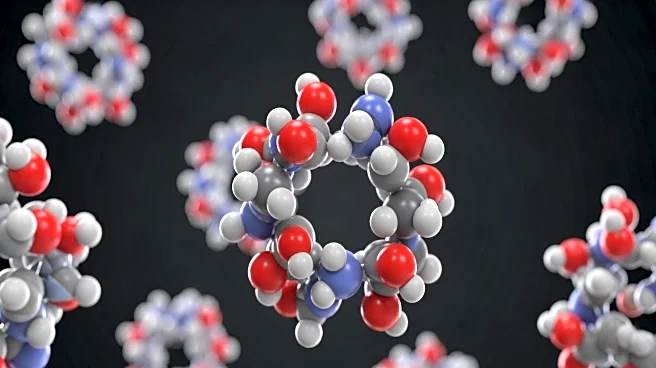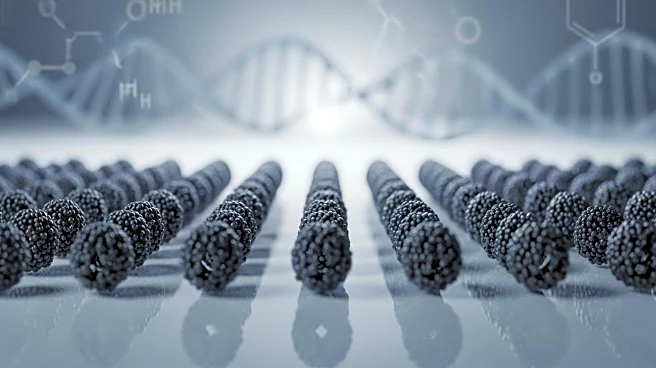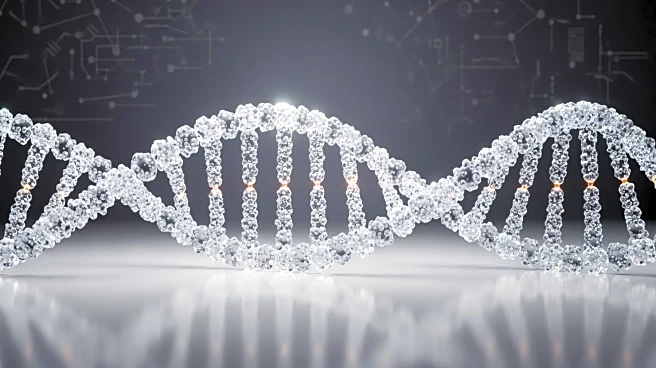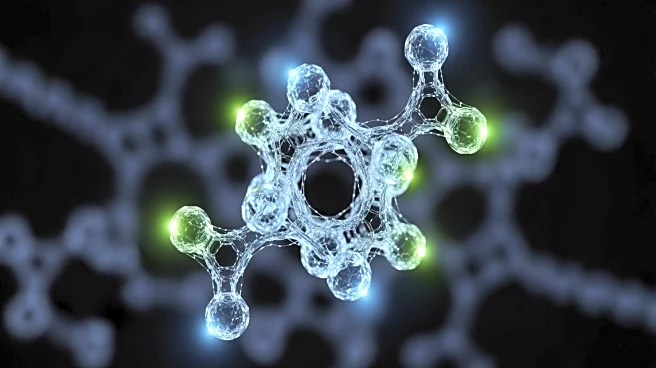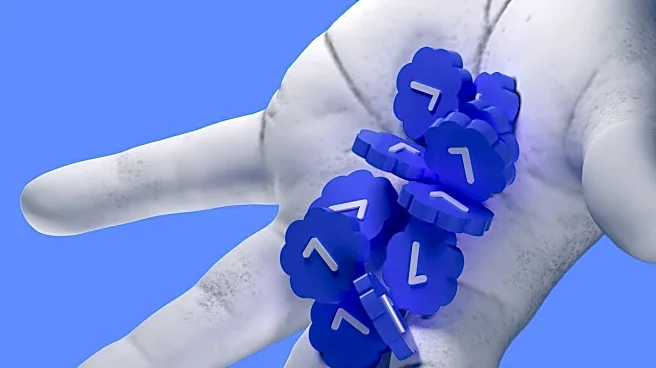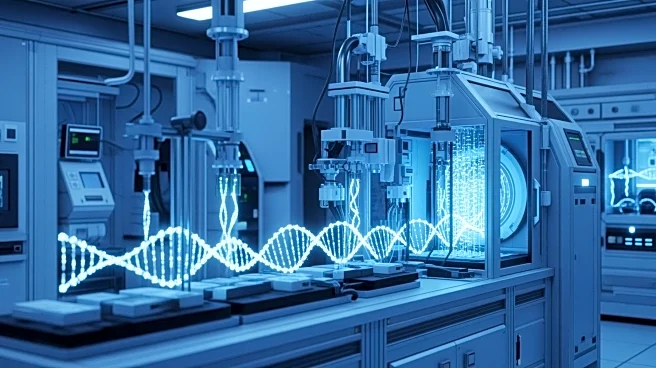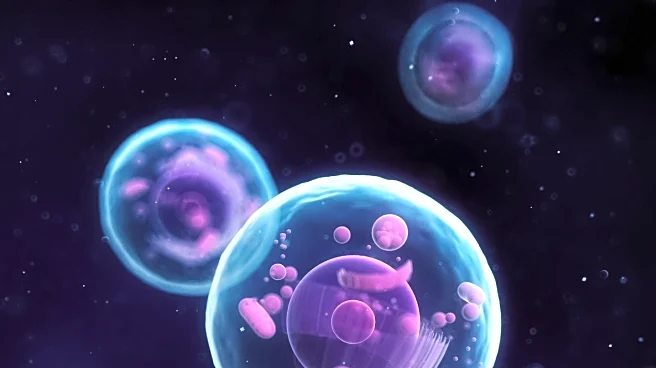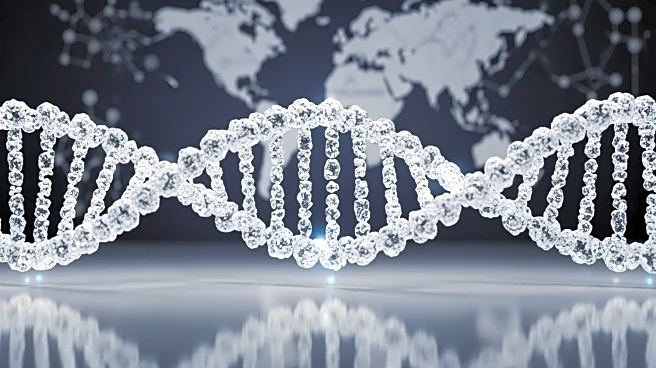What's Happening?
Researchers from the University of Pennsylvania, in collaboration with Brookhaven National Laboratory and Waters, have made significant advancements in understanding the structure and function of lipid nanoparticles (LNPs). These particles are crucial
for delivering precision therapies in genetic diseases and cancers. The study, published in Nature Biotechnology, reveals that LNPs come in various configurations, which affect their ability to deliver therapeutic cargoes effectively. The research utilized advanced visualization techniques to maintain the integrity of the particles, providing a clearer picture of their structure. This work builds on previous studies that highlighted the specific biological effects of different LNP formulations, akin to altering a recipe by mixing different ingredients.
Why It's Important?
The findings from this study have the potential to revolutionize the design and application of LNPs in medical treatments. By understanding the structural variations and their impact on delivery efficiency, researchers can tailor LNPs to specific therapies and tissues, enhancing their effectiveness. This could lead to more precise and effective treatments for a range of diseases, including cancer and genetic disorders. The ability to design LNPs with precision could also reduce the reliance on trial-and-error methods, streamlining the development process and potentially lowering costs. This advancement is particularly significant given the role of LNPs in COVID-19 vaccines and other therapeutic applications.
What's Next?
The study opens the door to a new era of rational LNP design, moving beyond the current trial-and-error approach. As more data is generated, there is potential for artificial intelligence models to be developed, which could further enhance the design of LNPs. This could lead to nanoparticles being engineered with the same precision as drugs themselves, offering more effective and targeted treatments. The research also suggests that different preparation methods, such as microfluidic devices and micropipetting, can influence the characteristics and potency of LNPs, providing further avenues for optimization.
